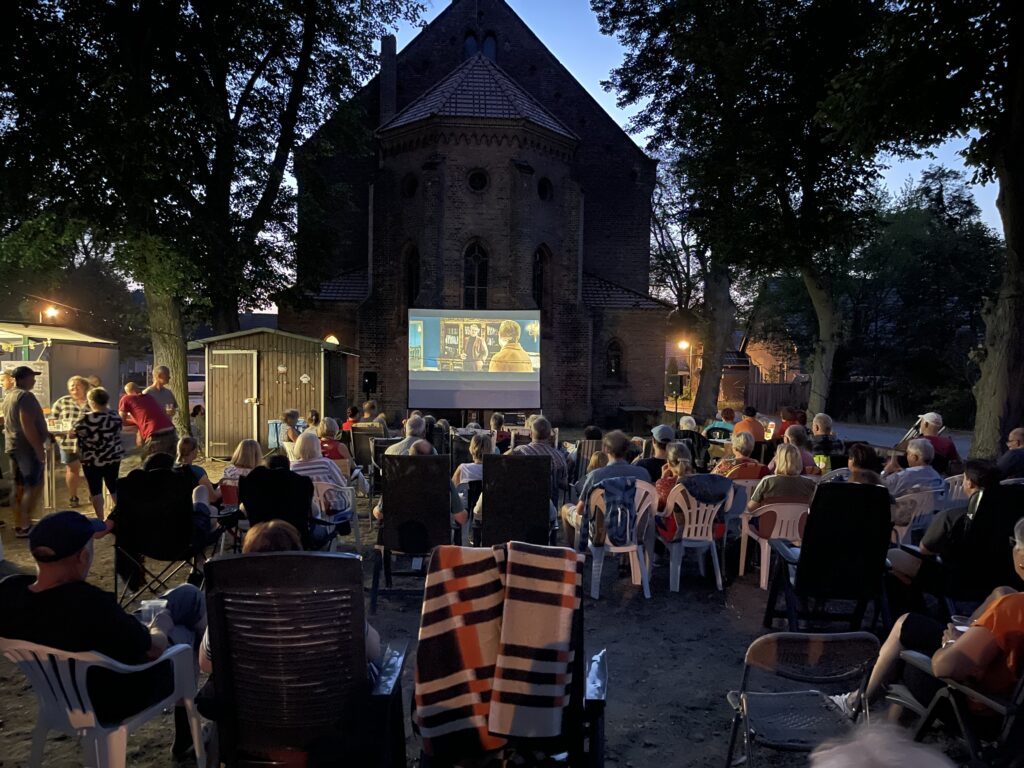Home Assistant assisting with the heat
This week was that one hot summer week where you would want to ensure you’re cooling down the flat during the night. I’ve got temperature sensors scattered around the flat and on the balcony and hooked into HomeAssistant. I’ve set up an automation to send me a notification when the outside temperature dropped below the inside temperature. So I would know when to open the windows to let the heat out of the flat. And of course vise versa to close the windows in the morning when it was getting hot again.
alias: Open Window
description: Send Notification when it's colder outside than inside
trigger:
- platform: numeric_state
entity_id:
- sensor.indoor_outdoor_meter_3711
for:
hours: 0
minutes: 5
seconds: 0
below: sensor.wohnzimmer_switchbot_5
condition: []
action:
- action: notify.mobile_app_maxheadrooms_iphone
metadata: {}
data:
message: it's getting cold outside. Open the windows
mode: single
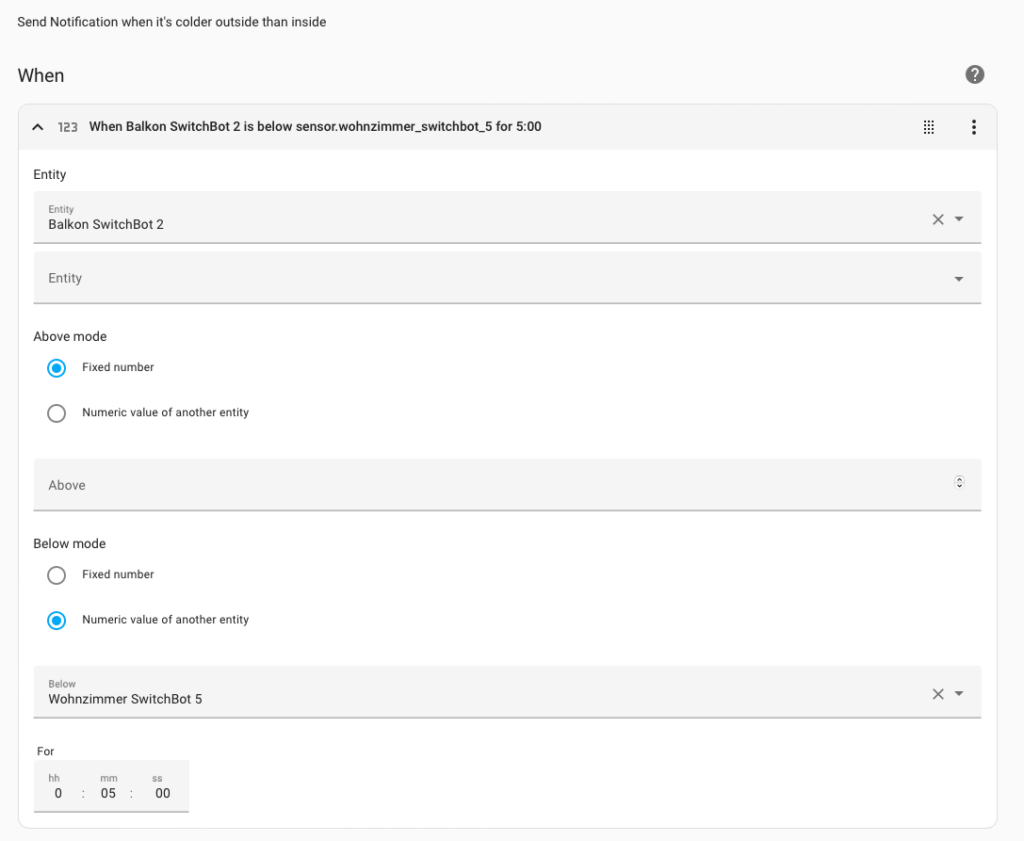
ZEF
back in the days working at Pixelpark we had to use a tool to track our project work. It was called “ZEF – Zeit ErFassung” and of course we hated it. Especially Moellus seems forevered scarred and haunted by it 🤣.
I do understand the reason why one wants to track project related hours spent as you’d want to make sure you stay in budget and send correct bills to your clients. Later in the Web 2.0 era a neat little tool emerged from academic work: mite
Mainly aimed at freelancers it was a refreshing and simple to use web service to track time.
This week I stumbled across solidtime – a modern, open-source time tracker. Of course I tried it out. Looks pretty neat and was quick to set up with their self-hosting instructions. Had some issue with high CPU load at the beginning. But their community support via Discord was quick to help and found the issue to be incorrect container health-checks.
Just for fun I’m tracking my own project times now to get an idea how much time I’m spending on each. All in the spirit of “you can only manage what you can measure“.

Instant camera
recently I got a bit into instant cameras. Got a Polaroid Now as a birthday gift which brings back much of the original instant analog photograph spirit. The pictures are largely hit and miss and only really work for close up content. The film is rather expensive and each picture costs about 2 EUR for the Polaroid camera.
Then I read a test of various such cameras and the Fujifilm Instax mini evo stood out for me. It’s a retro looking compact camera which is a hybrid of digital and instant analogue film. The images are taken with a digital sensor. The can be immediately exposed on Instax mini film and come out of the side of the camera. But the photographs are also saved inside the camera. You can watch your photos on the built-in screen and only print the ones you like. That saves a lot of money as the Instax films are also not on the cheap side. The mini format is about credit card size and the pictures cost around 1 EUR each.
The evo mini comes with a variety of virtual lenses and films that you can select via dialing on the lens and on a scroll wheel at the top of the camera. The effects are digitally created and then exposed on the film.
I very much like this concept of combining the best of both worlds. As a bonus you can transfer images from your mobile phone to the camera and have them printed/exposed on film.
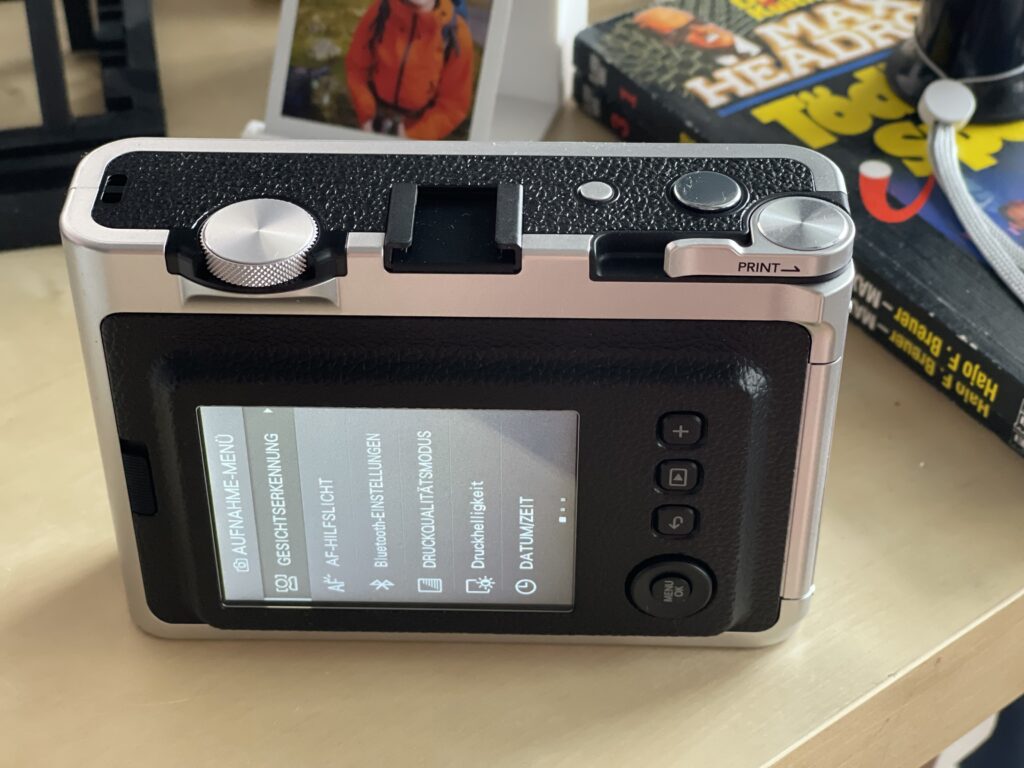

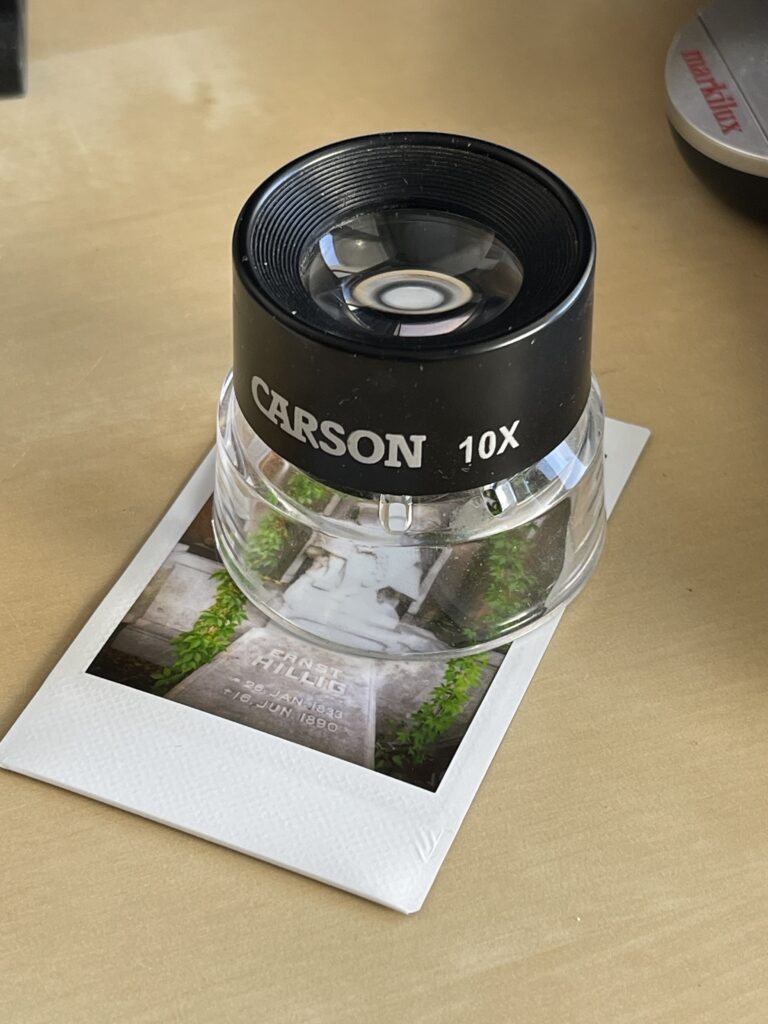
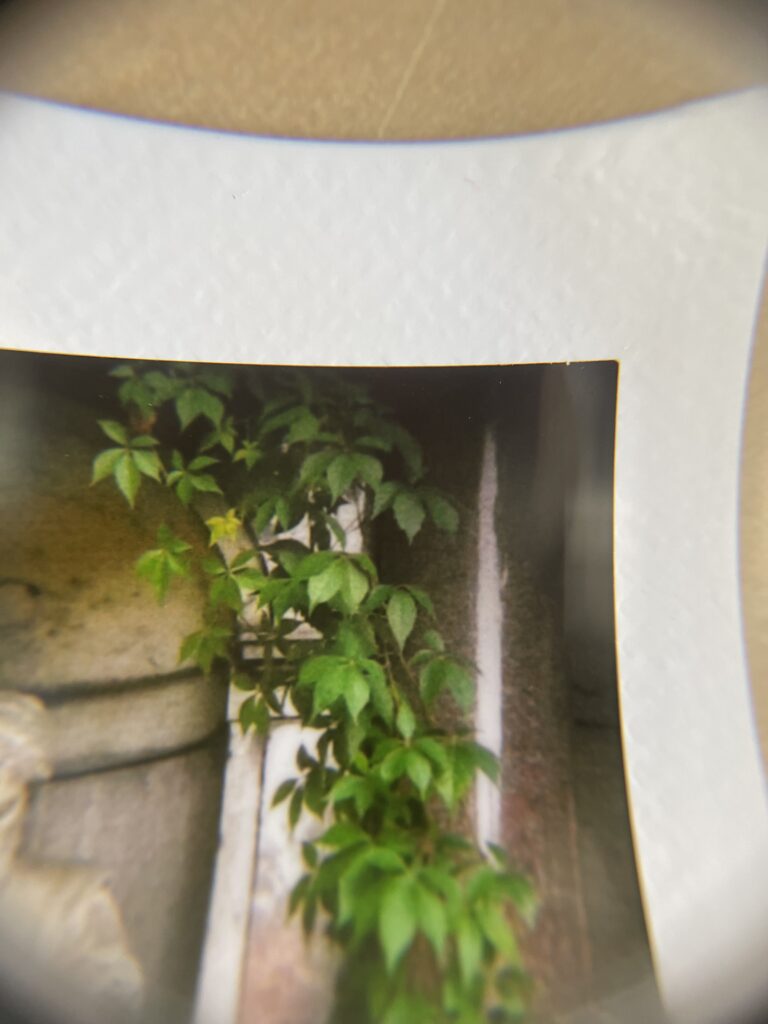

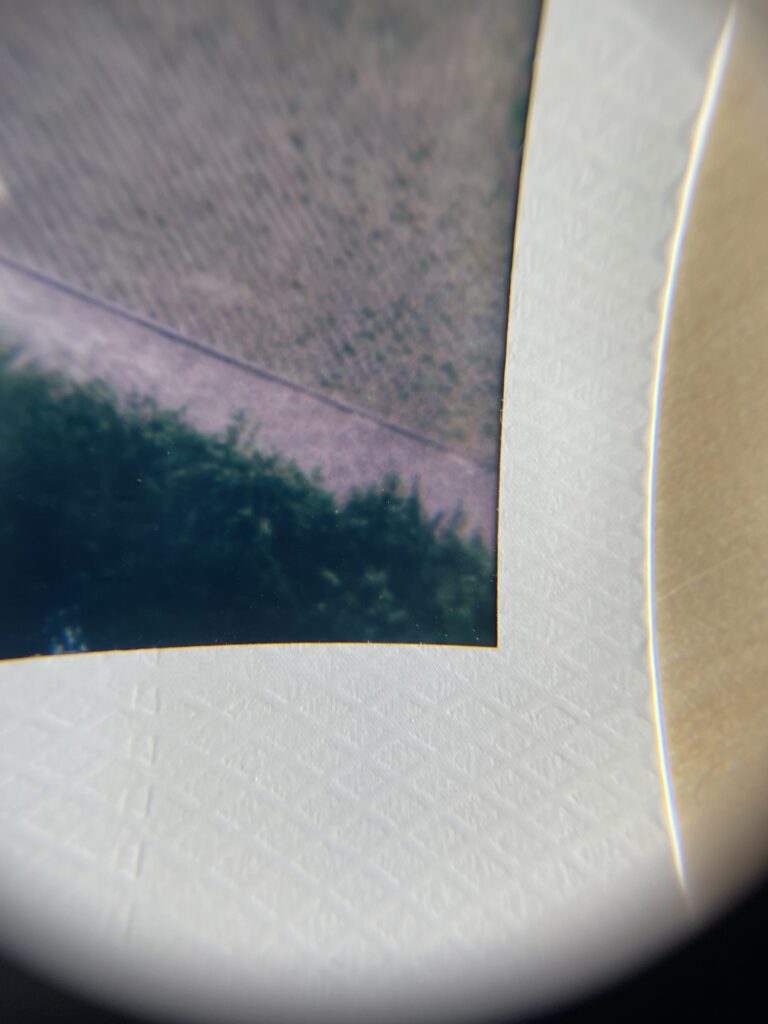

Village cinema
On saturday it was time for the annual village cinema evening. The people would gather at the place in front of the church where are big screen is set up. To get into the mood there was a band playing and beverages and BBQ offered from 6pm on already. The movie started at 8 pm when the sun was down. This year we watched “Knives out”. The night was a mild 20º C and everyone enjoyed an entertaining evening
